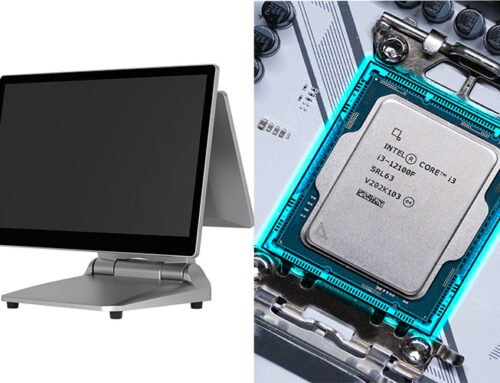In recent years, more and more supermarkets, convenience stores, and even canteens, restaurants, and snack bars are introducing self-service order kiosks. Self-service kiosks liberate the traditional scene of cashiers operating ordering and cashiering, and can enable customers and consumers to order and settle by themselves, which not only reduces the labor cost for shops, but also reduces the ordering and cashiering queue time for customers and improves settlement efficiency. With the increasing acceptance of consumers, the application of self-service order kiosks has become more and more common. We have purchased self-service kiosks. What should we pay attention to when installing self-service order kiosks? Today, the editor will explain to you the precautions for installing self-service order kiosks:

1. When installing or wiring the self-service kiosk, you should check whether the local voltage is in line with this product. If necessary, turn off the power switch and do not operate with power on.
2. The self-service kiosk should be installed carefully. When moving the whole machine, you should handle it with care and prepare cushions to prevent scratches on the display.
3. The self-service kiosk is a professional cash register equipment. Non-cash register professionals are not allowed to disassemble the machine.
4. If the self-service kiosk has built-in receipt printing paper, the power must be turned off before changing paper or maintaining the system.
5. The self-service kiosk is a precision device. Avoid collision, falling, and vibration to prevent the motherboard components from falling off or the configured face payment camera from being damaged internally, causing functional or performance problems with the product.
6. The cables used in the self-service kiosk should not be too thin (such as thin network cables). It is recommended to connect multiple identical cables in parallel or use copper-core thickened cables. Note: If a network cable is used, use 4-strand network cables as the positive pole and 4-strand network cables as the negative pole for the extension cable.
7. The installation environment of the self-service kiosk must not be humid, and strong electricity and strong electromagnetic fields must be avoided. For example, electromagnetic appliances, mobile phones and other appliances that can be moved at will should be kept as far away from the equipment as possible. The operating area of the daily self-service cash register also needs to keep the ground dry to prevent humid environments.
8. For self-service kiosks with vertical or box-type styles, if the ground is uneven, the height of the bottom feet of the product can be adjusted to avoid uneven placement






Leave A Comment